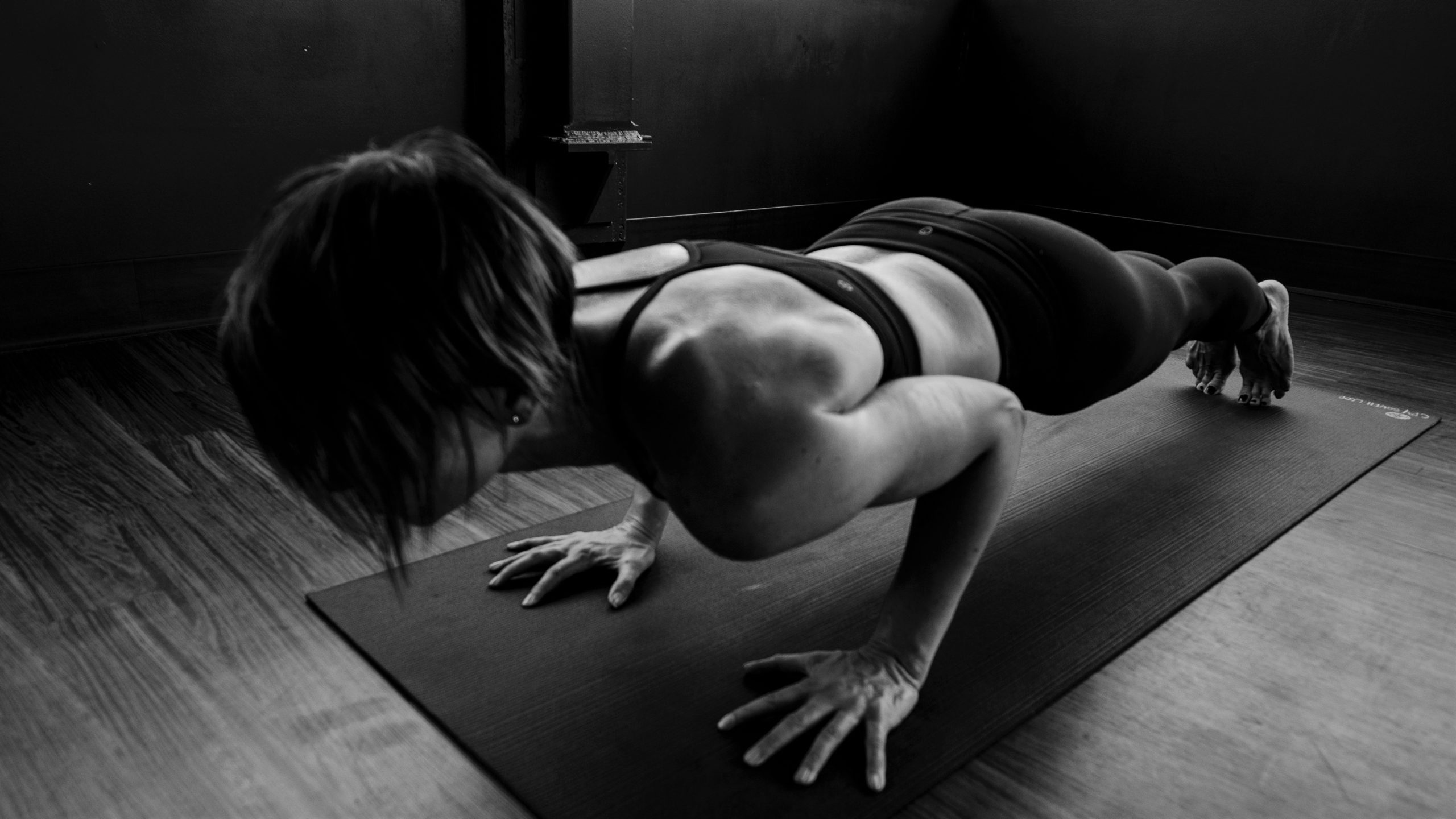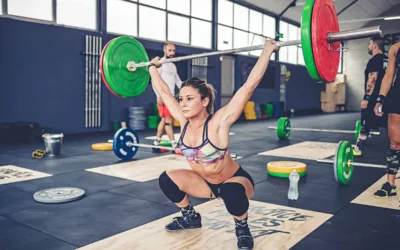Active Recovery Strategies for Strength Athletes
TOPIC: Recovery
Active recovery isn’t just about taking it easy—it’s a smart way to keep your body moving, boost circulation, and enhance performance without adding fatigue. While passive recovery has its place, low-intensity movement between sessions helps reduce stiffness and improve mobility. In this guide, we’ll explore the best active recovery strategies to keep you fresh and ready to perform.

Written By
travis hansen
Travis is a Certified Personal Trainer and celebrated author with over 15 years of experience training thousands of members toward their fitness goals.
Insta
Website
What Is Active Recovery?
In Your Guide to Passive Recovery Strategies, we discussed the forms of passive recovery strategies that athletes can use to help increase the likelihood that they are at full capacity when the time comes to resume training at high intensities again. This blog will dive into some arguably unique recovery training methods that serve as active recovery.
Active recovery is defined as low-intensity physical activity performed during rest days or between training sessions. The goal is to “flush” your tissues to promote blood flow, reduce muscle soreness, and improve overall mobility without causing additional fatigue.
Some common active recovery sessions include light Zone 2 aerobic work like walking/hiking or swimming, mobility and stretching routines like yoga, or low-intensity bodyweight movements.
Active recovery helps athletes avoid complete inactivity, which can lead to stiffness or decreased mobility, while still allowing the muscles to recover adequately for the next training session.
Here are some of the best active recovery pieces to work into your training routine.
Top Active Recovery Strategies for Strength Athletes
Easy Tempo Work
Tempo training is very valuable for any speed or power based athlete. Tempo work helps to satisfy various functions in the human body from improved systemic circulation, heat generation, nutrient and hormonal delivery, metabolic waste removal, increased parasympathetic nervous system activity, improved body composition, improved aerobic fitness, and more.
Moreover, many of the credible authors I’ve studied in the industry over the years show definitive PCr regeneration with improved aerobic fitness [1]. Basically, if you want to expand your alactic or anaerobic envelope and repeat bouts of high speed and power then you have to possess some degree of aerobic capacity.
If you aren’t participating in regular tempo work on your non-training days then you might be doing you and your body a disservice. I dedicated an entire section to this form of training in my book, so check it out if you haven’t already.
Bodyweight & Core Circuits
Everything from pull-ups, chin-ups, pushups, multi-directional split squats and lunges, inverted rows and more can be combined in a circuit at moderate volumes and lower intensities to help achieve everything I mentioned in the tempo category.
I always try to search for some solid variation for my athletes when it comes to active recovery work, mainly to help raise psychological appeal over the long-term. Athletes are training week in and week out, and seem to respond better from a motivational standpoint with an array of options to perform on their off days.
- Bodyweight Training Sample (do this without a kettlebell)

Mobility Work & Yoga
Every athlete will have structural deficiencies in the form of decreased joint mobility and soft tissue flexibility at some point. Doing some standard mobility circuits that cover many of these can induce a fair conditioning effect so you feel better about your time in the gym that day. You can also address any restrictions in your body and work through them.
Low-Impact Active Cardio
Any of the “traditional” forms of cardiovascular training that generally take place on a machine can fall under this category. Exercises like the elliptical, step mill, treadmill, and cycling remove gravity/resistance and higher-impacts associated with activities like sprinting, running, jumping, and agility work. Hiking and walking are often underrated recovery activities.
I like this approach because it takes stress off the joints which naturally take longer to heal and may be in a state of recovery debt. Low-impact cardio still provides a flushing blood flow stimulus to the muscles. Many athletes have completely abolished the whole notion of allowing any machines in their programs, and I think this is a bit of an overreaction. A lot of my athletes like them and as long as they are done at the right time with the appropriate amount of effort for recovery purposes.
Bonus: Easy Timed Sets
I first heard the next two techniques from mastermind Alwyn Cosgrove years ago. Alwyn used timed sets to generate an optimal metabolic response for faster fat/weight loss, but I think they work great for active recovery purposes as well. Timed sets are pretty straightforward — you select an exercise and perform it for a specific duration. Aerobic metabolism is obviously increased with less effort and higher work periods, so 30 seconds-2 minutes for each set seems to work great with no adverse effects.
I also like selecting exercises that are tailored to each athlete’s weaknesses. Dumbbell or kettlebell swings are great for a majority of athletes since hip-dominant movements are still underrated. The proximal hip flexors, or psoas group, tend to be weaker in many, so a properly executed mountain climber progression would work excellent here as well. Check out the following complexes for some inspiration.
Complex Training Samples:
Final Thoughts
Active recovery isn’t just a placeholder between training sessions—it’s an essential tool for optimizing your performance and longevity as an athlete. By incorporating tempo work, mobility drills, bodyweight circuits, and low-impact cardio into your routine, you can maintain movement quality, promote recovery, and prevent unnecessary stiffness or fatigue. The key is to find recovery methods that feel good and support your goals. Don’t just rest—recover with intention.
References
#19- Tomlin DL. The relationship between aerobic fitness and recovery from high intensity intermittent exercise. Sports Medicine 31: 1-11, 2001.
Find Your Perfect Training Plan
Sometimes all you need to reach your destination on your fitness journey is an expert guide. Look no further, we've got you covered. Browse from thousands of programs for any goal and every type of athlete.
Try any programming subscription FREE for 7 days!
Related Articles
You May Also Like...
Optimize Your Sleep Hygiene for Peak Performance
Every rep, every mile, every drop of sweat, it all counts. But if you’re not prioritizing sleep, you’re sabotaging your own progress. Here’s how to turn your nights into your biggest performance edge.Written ByLily Frei Lily is TrainHeroic’s Marketing Content Creator...
3 Ways to Improve Mobility Without Stretching
Are you still trying the endless foam rolling and stretching exercises to get that deep squat position? We know how important mobility is for great, or even GOOD performance. All professional athletes have some comfortability in end ranges of motion. So, what else do...
The Ultimate Low Back Training Guide: Tips for a Stronger Spine
Low back pain sidelines countless athletes and gym-goers. But here’s the truth: your lower back doesn’t need endless isolation work to stay strong. The real secret? A smart mix of direct and indirect training strategies. This guide breaks it all down, giving you...
Optimize Your Sleep Hygiene for Peak Performance
Every rep, every mile, every drop of sweat, it all counts. But if you’re not prioritizing sleep, you’re sabotaging your own progress. Here’s how to turn your nights into your biggest performance edge.Written ByLily Frei Lily is TrainHeroic’s Marketing Content Creator...
3 Ways to Improve Mobility Without Stretching
Are you still trying the endless foam rolling and stretching exercises to get that deep squat position? We know how important mobility is for great, or even GOOD performance. All professional athletes have some comfortability in end ranges of motion. So, what else do...

Want more training content?
Subscribe
For Coaches
For Athletes
About
Support
Training Lab
Access the latest articles, reviews, and case studies from the top strength and conditioning minds in the TH Training Lab!
Made with love, sweat, protein isolate and hard work in Denver, CO
© 2024 TrainHeroic, Inc. All rights reserved.





